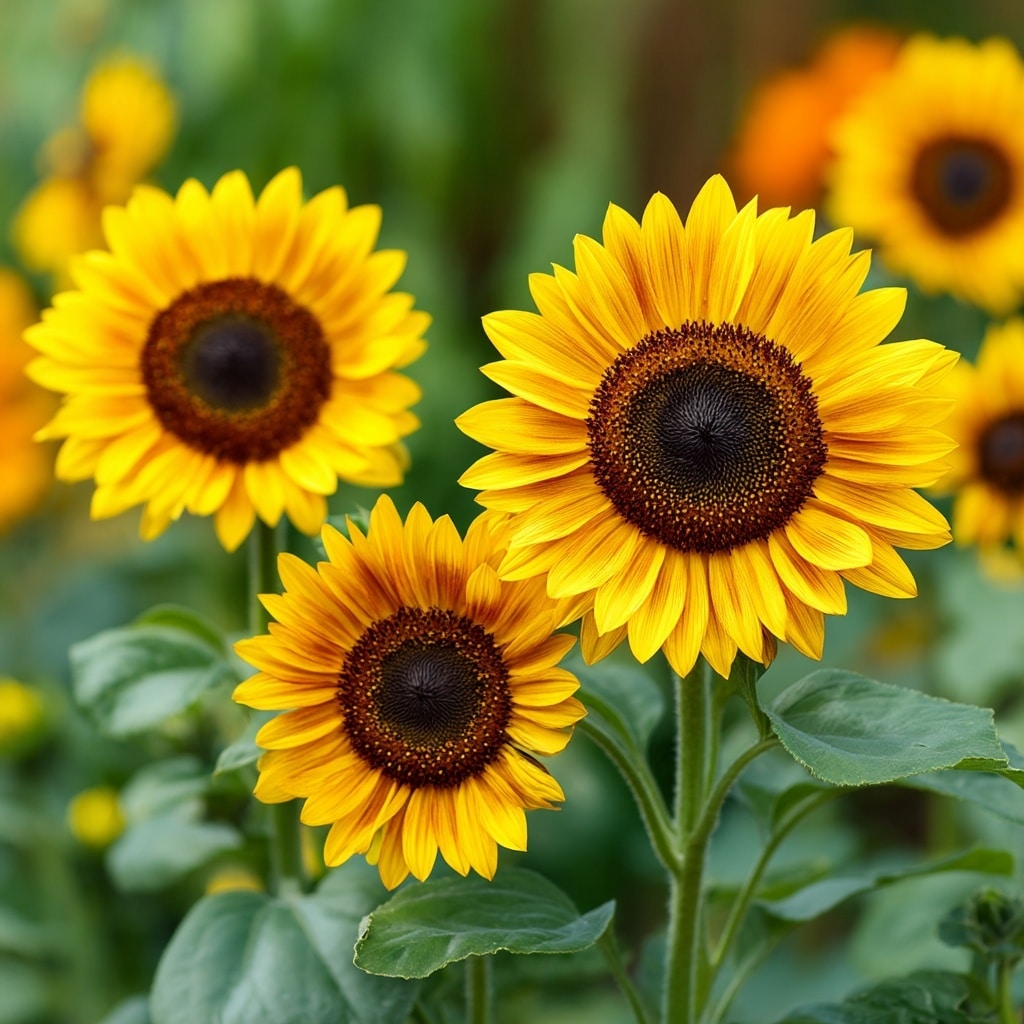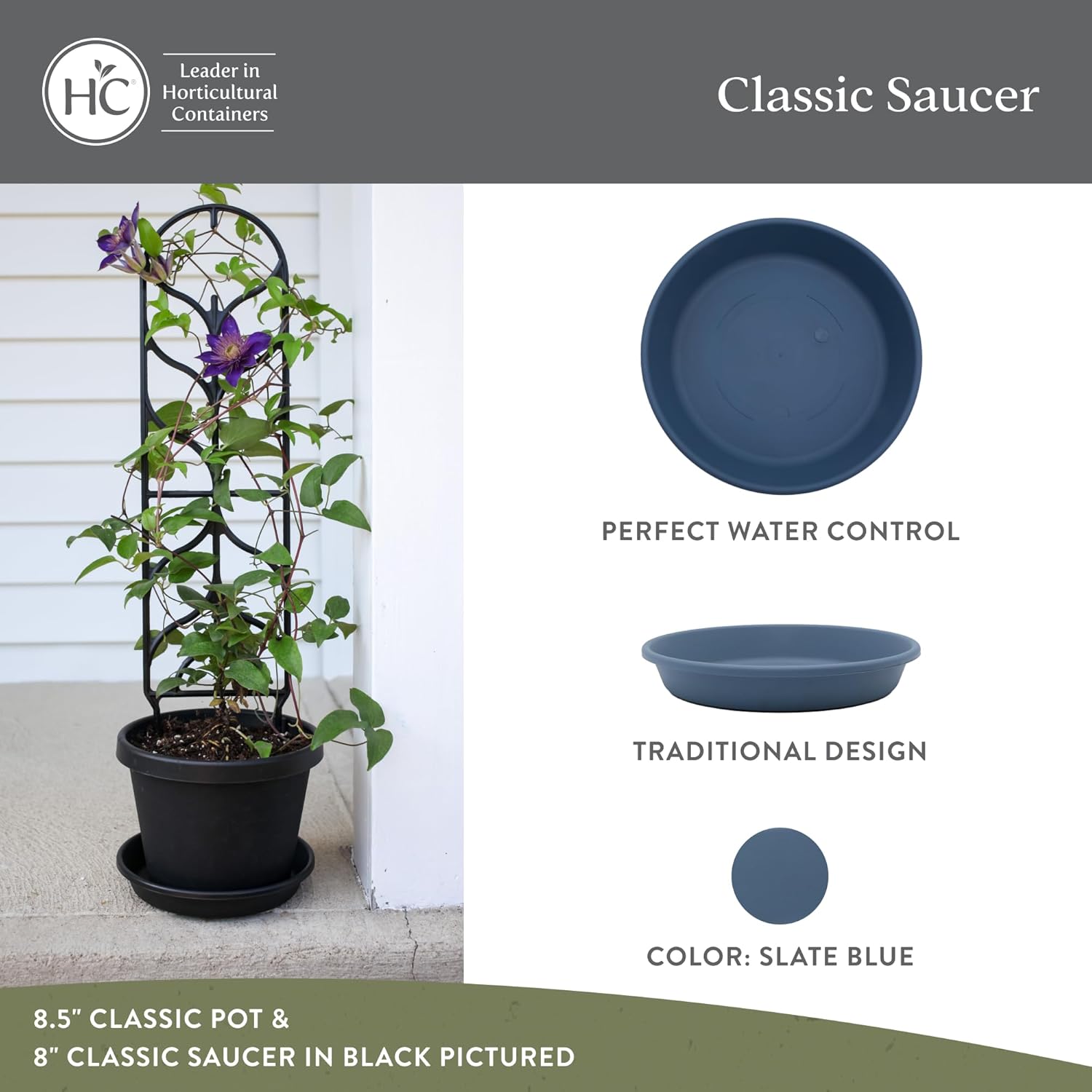Sunflowers are the iconic symbol of summer gardens, offering tall, cheerful blooms that brighten up any outdoor space. These annual plants are not only beautiful but also remarkably easy to grow, making them ideal for gardeners of all experience levels. With their broad faces following the sun across the sky, sunflowers add height, color, and even pollinator activity to your garden beds or containers. Whether you’re planting them for their stunning flowers, to harvest seeds, or simply to enjoy their sunny charm, learning the right way to grow and care for sunflowers ensures a season full of healthy growth and bold blossoms.
Table of Contents
Sunflower Care Essentials
Caring for sunflowers is straightforward, but giving them the right conditions from the start can make a big difference in their size, strength, and bloom quality. From sun exposure to soil choice, here’s how to ensure your sunflowers grow tall, vibrant, and healthy.
Light Requirements
Sunflowers absolutely thrive in full sun. Choose a planting spot that gets at least 6 to 8 hours of direct sunlight daily. Their name says it all—sunflowers are heliotropic when young, meaning their flower heads naturally follow the sun. Strong sunlight promotes upright stems, large blooms, and healthy growth. Shady areas can cause them to lean, weaken, or produce fewer flowers.
Soil Preferences
These tough plants aren’t too picky about soil, but for the best results, use well-drained soil with a mix of organic matter. Sunflowers will grow even in poor or sandy soils, but they prefer a loamy texture with good aeration. Avoid soggy ground, as that can lead to root rot or fungal issues. If your soil is heavy clay, consider adding compost or planting in raised beds.
Watering Guidelines
Although sunflowers are fairly drought-tolerant once mature, they still benefit from consistent watering—especially during early growth and flowering. Water deeply when the top 1 to 2 inches of soil feel dry. Avoid shallow, frequent watering, which can lead to weak roots. During hot spells or if you notice drooping leaves, increase watering frequency slightly.
Temperature & Humidity
Ideal temperatures for sunflowers range from 70°F to 78°F, though they can tolerate higher heat as long as their water needs are met. They also adapt to varying humidity levels, but good air circulation is key to preventing fungal issues. If your region is humid, leave ample space between plants and avoid overhead watering to reduce disease risk.
Fertilization Needs
If you’re working with fertile, organic-rich soil, sunflowers often don’t need much feeding. However, in leaner soils, a balanced, slow-release fertilizer high in phosphorus and potassium can help support flowering and root development. Apply fertilizer during early growth, then once again at the start of bud formation. Avoid excess nitrogen—it encourages leafy growth at the expense of blooms.
How to Plant Sunflowers
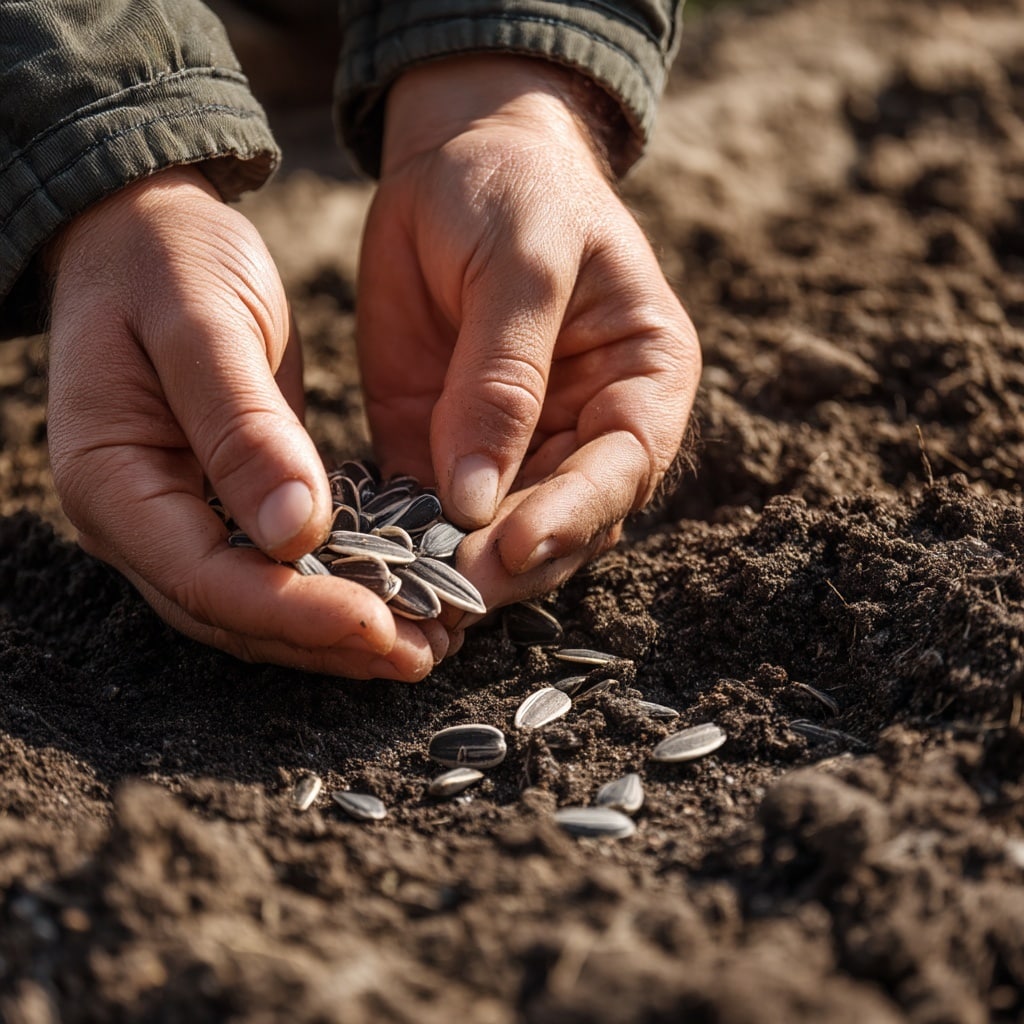
Getting your sunflowers off to a strong start begins with proper timing, spacing, and site selection. Whether you’re planting them directly in the soil or growing in containers, these tips will help ensure sturdy stems and long-lasting blooms.
When and Where to Plant
Plant sunflowers outdoors after the danger of frost has passed and when nighttime temperatures consistently stay above 50°F (10°C). This typically means mid to late spring, depending on your location. Choose a sunny, sheltered spot—ideally somewhere protected from strong winds that could topple tall stems. Planting along fences or next to structures works well for natural support.
Sowing Sunflower Seeds
Direct seeding is the most common and successful method. Follow these basic steps:
- Sow seeds 1 to 2 inches deep in well-prepared, loose soil
- Space seeds 6 inches apart, thinning to 12–18 inches for taller varieties
- Keep the soil lightly moist until germination (about 7–10 days)
- Once sprouted, thin seedlings to avoid overcrowding and promote airflow
For continuous blooms, consider staggered planting every 1–2 weeks over a month.
Container and Potting Tips
You can also grow sunflowers in pots—just make sure to choose the right size:
- Use containers that are at least 7 to 10 gallons for standard varieties
- Dwarf varieties (like ‘Teddy Bear’) do well in smaller 3 to 5-gallon pots
- Ensure excellent drainage and use a lightweight potting mix enriched with compost
- Place pots in full sun and water more frequently, as containers dry out faster than garden soil
Potted sunflowers don’t need repotting since they’re annuals, but do rotate pots occasionally to encourage upright growth.
Supporting and Maintaining Growth

As your sunflowers grow tall and top-heavy, especially the larger varieties, they’ll need a bit of help to stay upright and healthy. With some simple techniques like staking, light pruning, and optional propagation, you can keep your sunflowers standing strong and blooming beautifully.
Staking and Wind Protection
Tall sunflowers are vulnerable to bending or snapping in strong winds or heavy rain. To keep them upright:
- Stake tall varieties using bamboo poles, metal rods, or wooden stakes
- Insert stakes several inches into the ground near the plant’s base, avoiding the roots
- Loosely tie the stem with soft garden twine or cloth to prevent damage
- Planting in clusters or near a fence or wall adds natural wind protection
Even dwarf varieties can benefit from light support if grown in exposed areas.
Pruning Practices
Most sunflowers require minimal pruning. However, pruning can:
- Help control size in smaller gardens
- Encourage bushier growth in branching varieties
- Improve airflow around dense clusters
Deadheading spent blooms can extend the flowering period in some varieties, though single-stem sunflowers typically bloom once. At the end of the season, cut back the plant to the ground when the leaves dry out and stems turn brown.
Propagation Techniques
While sunflowers are usually grown from seed, it’s possible to propagate them from cuttings for genetic consistency. To do this:
- Select a healthy stem with no flower buds, about 4–6 inches long
- Remove lower leaves and trim just above a leaf node
- Dip the cut end in rooting hormone
- Plant in a moist peat and sand mix
- Cover with a plastic dome or bag to retain humidity
- Keep in light shade until roots form (2–4 weeks), then transplant outdoors
Keep in mind that seed propagation is easier and more common, especially for home gardeners.
Sunflower Varieties to Consider
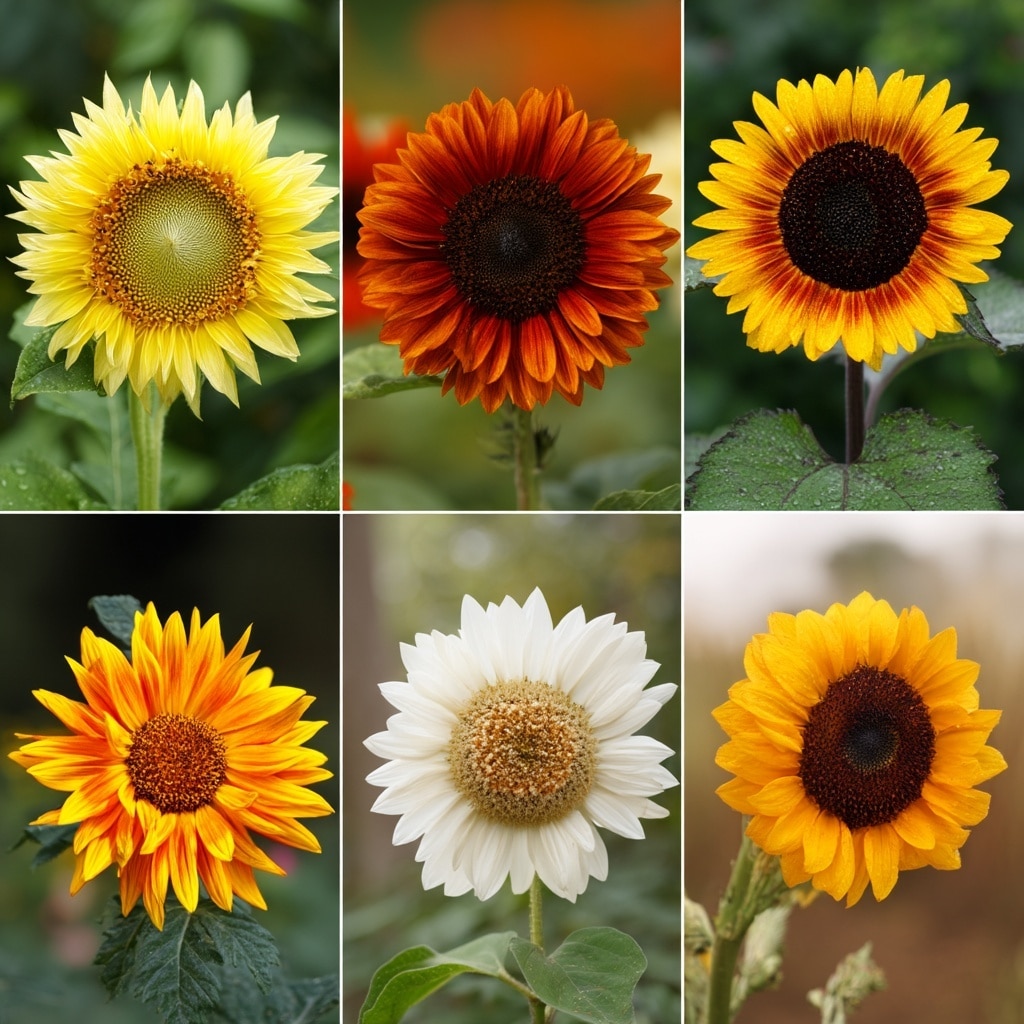
With so many stunning cultivars available, choosing the right sunflowers for your space comes down to your goals—height, color, bloom shape, or purpose (like attracting pollinators or harvesting seeds). Here are a few standouts:
- ‘Russian Giant’
Towering up to 12 feet tall, this classic variety features a large, bright yellow bloom and is a favorite for producing seeds. - ‘Teddy Bear’
A dwarf variety that grows about 2 to 3 feet tall, it has fluffy, double-petaled blooms and thrives in containers. Great for kids’ gardens. - ‘Giant Sungold’
Reaches around 6 feet tall and produces large, fully double yellow flowers with a bold presence. - ‘Autumn Mix’
Offers a warm palette of orange, red, and bronze shades. These medium-sized sunflowers create a vibrant, multicolored display. - ‘Italian White’
Known for its elegant, creamy pale yellow petals and dark center, this variety grows to about 5–7 feet and blends well in cottage gardens.
Choosing a mix of varieties can provide a continuous bloom period and a dynamic garden look throughout summer and early fall.
Harvesting Sunflower Seeds

Once your sunflowers begin to droop and the back of the flower head turns yellow or brown, it’s a sign that the seeds are maturing. Here’s how to harvest them properly:
When to Harvest
- Wait until the flower head droops downward, and the petals are dried or fallen off
- The back of the head should be dry and papery
- Seeds will look plump and may have black-and-white stripes, depending on the variety
- A gentle rub should loosen the seeds — that’s your cue
How to Harvest
- Cut the flower head with about 12 inches of stem still attached
- Hang it upside down in a warm, dry, ventilated place
- Cover with cheesecloth or a paper bag to catch any falling seeds and keep pests away
- After a few weeks, when fully dry, rub the seeds out by hand or using a stiff brush
- Store seeds in a cool, dry container if saving for planting; roast them for eating!
Harvested seeds can last several years if kept dry and sealed. You can also leave some heads on the plant for the birds — goldfinches especially love them.
Common Pests and Problems

Even the most well-cared-for sunflowers can face issues from pests or diseases. Spotting symptoms early and applying proper treatment will help you avoid losing your blooms to preventable problems.
Pests
- Birds & Rodents
Birds and squirrels love sunflower seeds. If you’re planning to harvest seeds, cover maturing heads with netting or mesh bags to keep them safe. - Sunflower Moths
These pests lay eggs on the flower heads, and the larvae bore into seeds, causing damage. Apply a biological pesticide like Bacillus thuringiensis (Bt) to control caterpillars during bloom time. - Beetles & Caterpillars
These chew on foliage and can weaken young plants. Use insecticidal soap or hand-pick pests if infestation is light.
Fungal Diseases
- Powdery Mildew
Appears as a white, powdery coating on leaves. Improve air circulation, avoid overhead watering, and use a fungicide if needed. - Rust
Shows up as small reddish-brown spots on leaf undersides. Remove infected leaves and apply a sulfur-based spray. - Stem Canker
Causes black or brown lesions on stems. If widespread, remove and dispose of infected plants to avoid spreading.
Other Issues
- Leaf Spot
Leaves develop black or brown spots, then yellow and fall. Try natural treatments like diluted apple cider vinegar or garlic spray before turning to fungicides. - Drooping or Wilting
Often a sign of underwatering or root damage. Check soil moisture and ensure the plant isn’t waterlogged or dry.
Most problems can be avoided with good spacing, watering at the base, and keeping the garden free from debris.
How to Get Sunflowers to Bloom
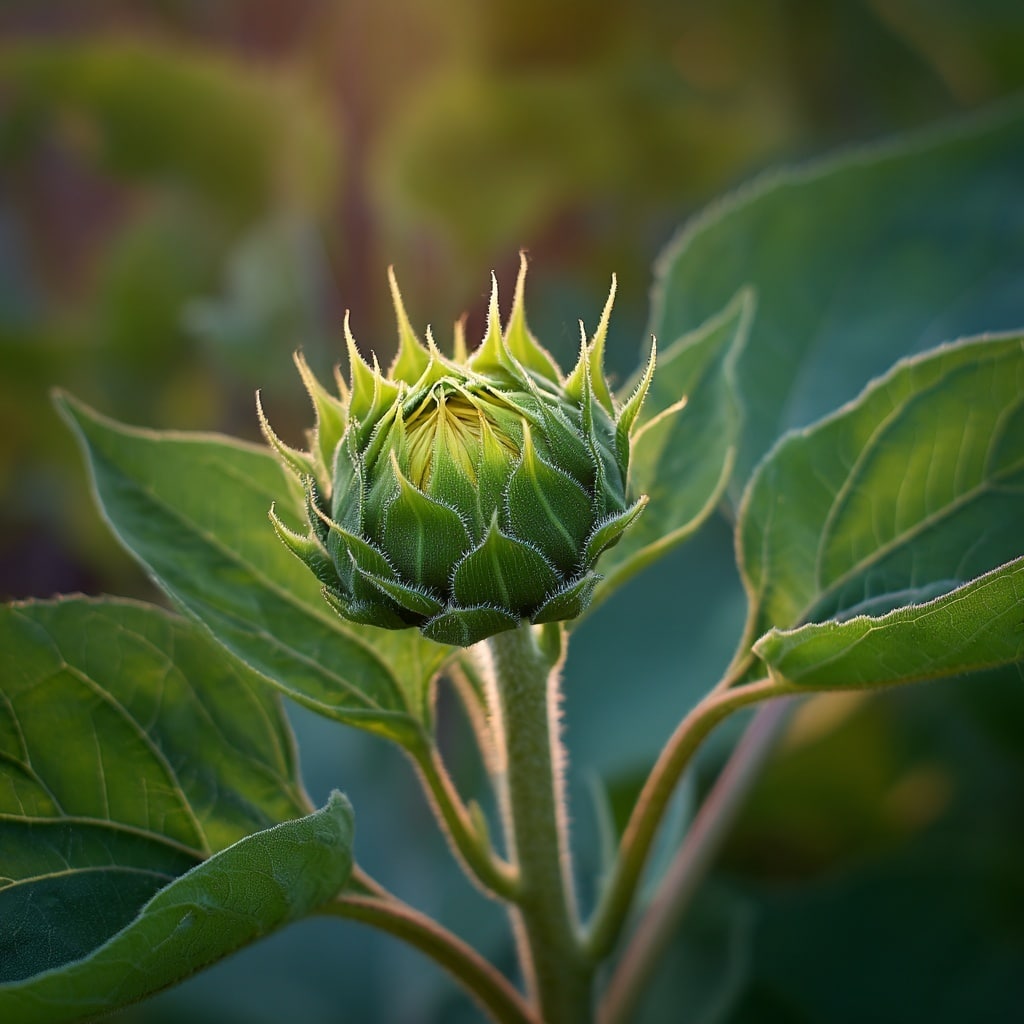
If your sunflowers aren’t flowering as expected, a few adjustments can make a big difference. These sun-loving plants rely on the right balance of light, water, and nutrients to produce those bold, golden blooms.
Tips for Strong Blooming
- Maximize Sunlight
Ensure your plants are receiving at least 6–8 hours of full sun daily. Without enough sunlight, sunflower blooms can be smaller or delayed. - Water Consistently
During dry spells or early bud development, consistent watering supports healthy flower formation. Avoid both drought stress and soggy soil. - Avoid Over-Fertilizing
Too much nitrogen can lead to lush leaves but fewer flowers. Use a phosphorus-rich fertilizer once the plant is about 1–2 feet tall to boost bloom potential. - Space Plants Properly
Crowded sunflowers can compete for light and nutrients. Ensure good spacing (especially for tall types) to allow full development. - Handle Gently When Budding
The flower heads are sensitive. Avoid handling them roughly during bud and bloom stages to prevent damage or stress. - Deadhead Selectively
For branching varieties, removing spent blooms can encourage the plant to produce more flowers. Single-stem types, however, will usually only bloom once.
With the right care and conditions, your sunflowers will reward you with bright, beautiful blooms that last well into fall.
Conclusion
Growing sunflowers is a rewarding experience that adds color, height, and personality to any garden. With the right care—from choosing a sunny spot to protecting against pests—you can enjoy vibrant blooms all season long. Whether you’re planting giants for seed harvesting or compact types for pots, sunflowers are surprisingly easy to manage and incredibly satisfying to watch as they grow. Follow these simple care tips, and your garden will soon be bursting with golden cheer.



